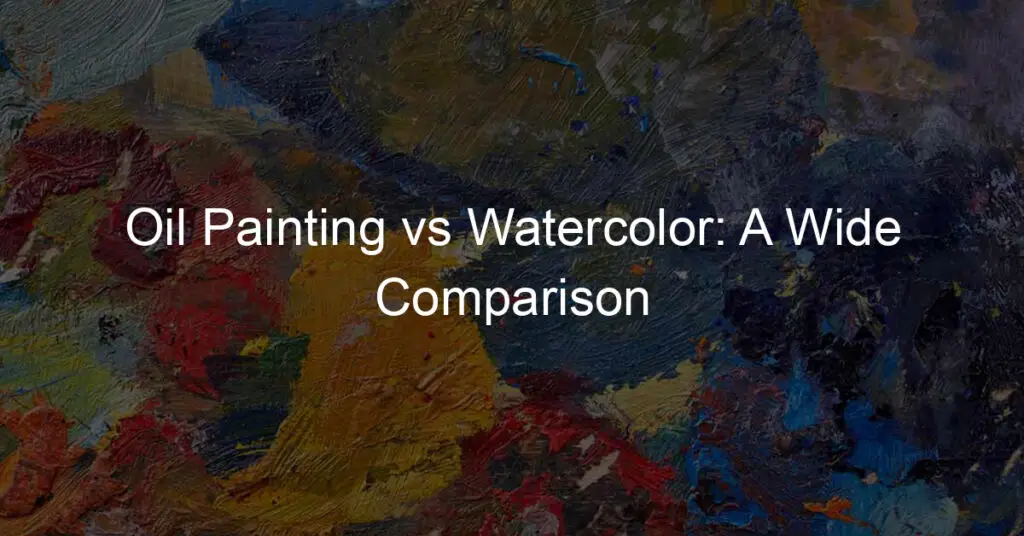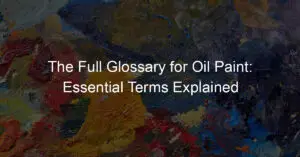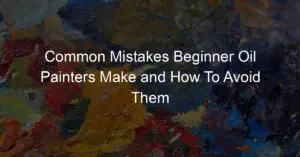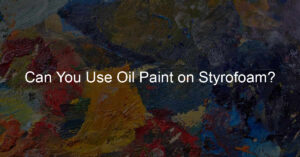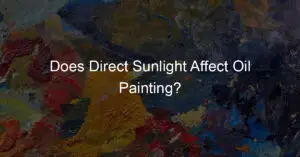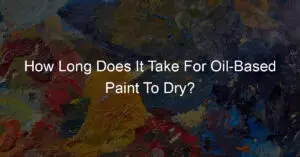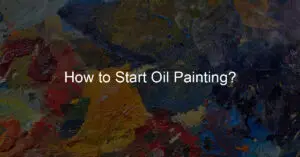As an artist, I often hear people debating about which medium – oil painting or watercolor – is best to use for their creative journey.
It’s essential to understand Oil Painting vs Watercolor medium’s characteristics to make an informed decision.
In this article, I will delve into the basics of both oil painting and watercolor, highlighting their key distinctions.
Oil painting is an age-old technique that offers vibrant colors and is well-suited for building textures. The slow drying time of oil paints allows me to develop blending techniques, perfect for rendering smooth transitions of color and tone.
On the other hand, watercolor painting is known for its delicate luminosity. By using water-soluble pigments, I can achieve a unique transparency, allowing layers of color to shine through one another.
This medium’s versatility allows me to experiment with various styles and techniques.
Both oil and watercolor offer distinct advantages and challenges. What ultimately sets them apart are factors such as the artist’s skill level, preferred painting style, and personal goals in creating a piece.
In the end, the choice is truly a matter of individual preference, and exploring both mediums can enhance one’s artistic growth and expression.
Key Takeaways
- Oil painting provides vibrant colors and allows for blending techniques
- Watercolor is characterized by its delicate luminosity and transparency
- The best medium depends on the artist’s preferences, skill level, and goals
Oil Painting vs Watercolor
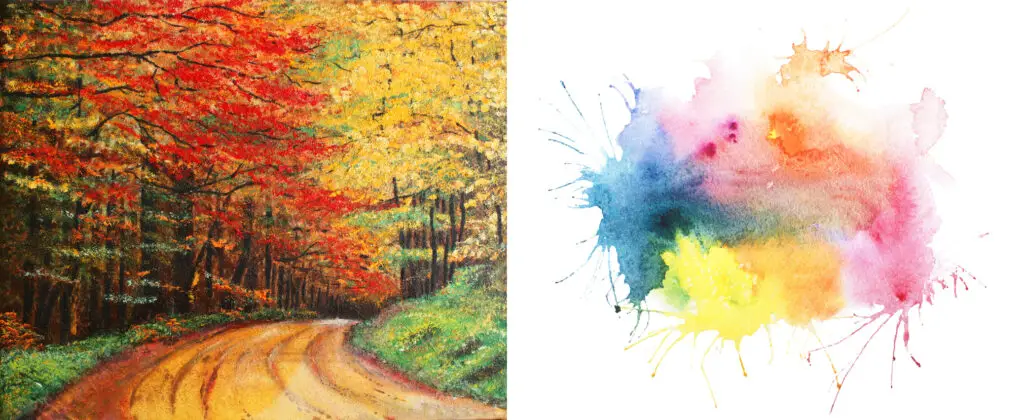
When it comes to painting, there are generally two popular mediums to choose from: oil painting and watercolor.
As an artist, understanding the differences, benefits, and disadvantages of each can significantly affect the outcome of your artwork and help you make the best choice for your individual style.
In oil painting, I use oil-based paints, which are thick and opaque, allowing me to create rich, detailed textures and achieve a high level of realism.
To start, I make sure to have a canvas, easel, brushes, paint palette, and palette knife ready. The canvas should be adequately primed, which can be done with acrylic gesso.
This ensures that the oil paints won’t seep through and damage the canvas fibers.
One technique I’ve found helpful in oil painting is to begin with a toned underpainting, which sets the overall color scheme of the piece. Then, I work layer by layer, building up the texture and details with brushes and palette knives.
It’s essential to give each layer enough time for it to dry before proceeding to the next one. This can take anywhere from a day to weeks, depending on the thickness of the paint.
On the other hand, watercolor painting is more fluid, as it requires the use of water-soluble paints. This medium is excellent for beginners, as it’s accessible and can be mastered with practice.
When using watercolors, I prefer to have good-quality paper or a watercolor block, brushes, a palette, and some clean water for rinsing.
One essential aspect of watercolor painting is that it can be less forgiving; mistakes can be challenging to correct once the paint has been applied.
To begin a watercolor painting, I generally start with a light pencil sketch to map out the composition.
Next, I build up color by painting wet-on-dry or wet-on-wet. The former involves applying wet paint to a dry surface, while the latter means working with a wet surface.
Regardless of the technique, I ensure that the colors blend naturally and harmoniously.
In summary, oil painting and watercolor painting cater to different artistic preferences. Oil paints allow for detailed texture, while watercolors offer more fluidity and spontaneity.
No matter which medium you choose, remember that a good set of brushes, a clean workspace, and the appropriate surface are crucial for achieving your desired results.
Understanding Oil Painting
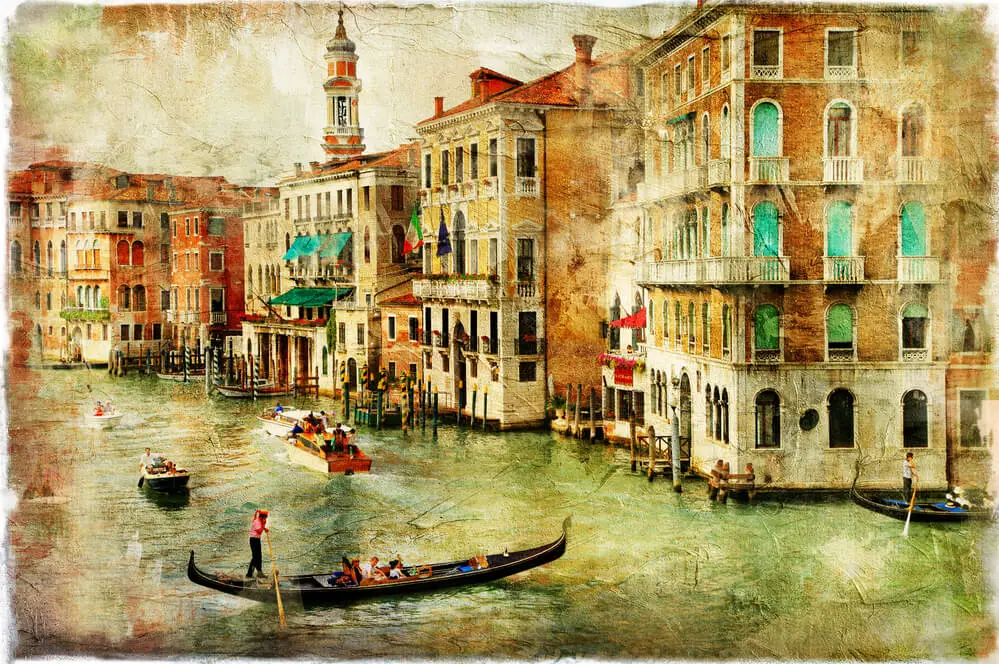
As an artist, I find oil painting to be a versatile and popular medium, often favored for its rich, textured, and glossy appearance.
Comprising pigments suspended in a binder of linseed oil, oil paints are viscous, allowing them to be applied in thick layers or thinned with solvent to achieve various effects and textures.
The slow drying time of oil paints enables me to have more control over my work and experiment with blending and layering throughout the painting process without having to worry about the paint drying too quickly.
One of the most notable benefits of oil painting is its opacity, which allows me to create highly detailed and realistic effects.
Since it’s easy to manipulate the thickness of the paint, both opaque and transparent techniques can be used.
This unique feature of oil painting has contributed to the creation of some of the most famous works of art, such as the Mona Lisa, as well as the works of other renowned artists.
When considering the pros and cons of oil painting, it’s important to acknowledge that this medium can also be quite expensive in comparison to watercolor.
The glossy finish and durability of oil paintings are often highly valued, but it’s worth noting that it takes both skill and practice to master oil painting techniques.
In terms of learning and skill development, shades and textures in oil painting require patience and precision.
The ability to blend and achieve different levels of opacity is crucial for attaining a realistic effect in your artwork.
While layering is an essential part of creating depth and dimension in your painting, understanding how thinners and solvents impact the paint’s viscosity takes time and experience to perfect.
In conclusion, oil painting is a deeply rewarding and versatile medium, with countless opportunities for experimentation, texture, and shine.
Although it may take time and dedication to perfect your technique, the benefits of working with oil paints in terms of durability and control make it an attractive option for artists of all levels.
As with any art form, personal preference plays a significant role in selecting the right medium for your creative expression.
Understanding Watercolor Painting
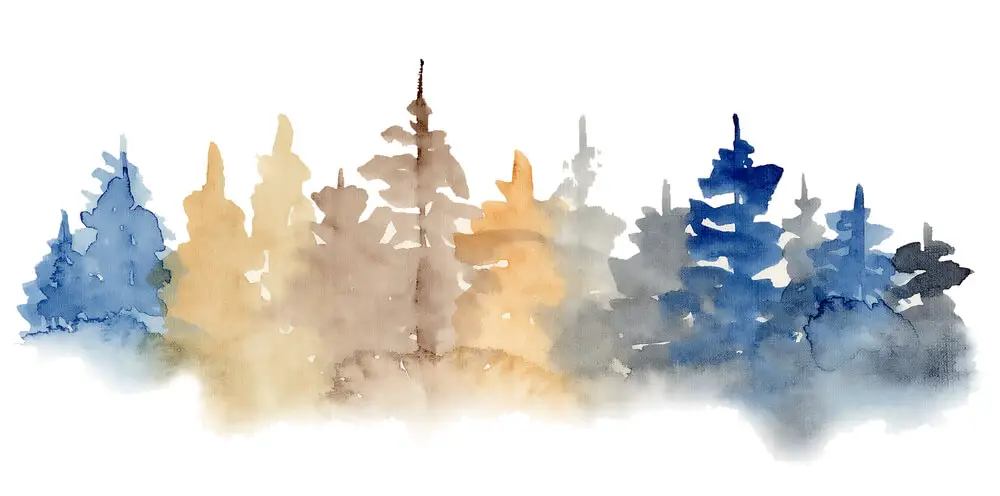
As a professional artist, I’ve always admired the versatility and beauty of watercolor painting. Watercolor is a unique medium that offers a wide range of artistic possibilities.
In this section, I will share my knowledge and experience about this fascinating art form.
Watercolor painting uses a water-based solution to carry the pigments onto the paper. This gives it a matte finish and a translucent quality that is difficult to achieve with other mediums.
Its fast drying time makes it convenient for both beginners and experienced artists, as it requires little time to experiment and learn new techniques.
One of the most important aspects of watercolor painting is the choice of paper. I always recommend using high-quality watercolor paper, as it can withstand the wetness of the paint without getting damaged.
The choice of brushes is also crucial in achieving the desired effect. Sable brushes work well for detailed work, while synthetic brushes are more affordable and versatile for various techniques.
The main appeal of watercolors is their ability to create light, delicate shades, and subtle transitions between colors.
When painting with watercolors, I always start with a wash to create a base and then gradually add layers of pigment to create depth and shadow.
The transparency of watercolor paints allows me to build up the intensity of colors and achieve a more natural, lifelike effect.
Mixing colors with watercolor is a personal preference, as the medium provides excellent flexibility in blending and layering.
To help maintain control over the flow of paint, I suggest using a wet-on-wet technique, where the paper and brush are both wet, which allows the pigments to bleed into each other, creating soft and dynamic blends.
Another advantage of watercolor painting is its easy cleaning and maintenance. Simply wiping the brush with water is enough to remove any residue, making it perfect for artists who are always on the go.
Additionally, watercolor is an affordable art medium, especially for beginners, as a set of watercolor paints won’t break the bank.
Watercolor painting is a versatile and enjoyable medium that is perfect for exploring nature, capturing light, and expressing one’s artistic vision.
Its unique characteristics, such as its transparent nature and fast drying time, make it a popular choice among artists of all skill levels.
Difference Between Oil and Watercolor Painting

In my experience with art, I’ve found that oil painting and watercolor have significant differences in terms of materials, techniques, and effects.
Firstly, let’s talk about the materials used. Oil paints are made from pigments mixed with an oil binder, while watercolors use pigments mixed with a water-soluble binder. This difference in binders greatly affects the way these paints behave on canvas.
For oil painting, the canvas is a preferred choice for many artists, whereas watercolor paintings require watercolor paper.
I typically use a gesso-primed canvas for oils to create a smooth surface that can be easily manipulated.
On the other hand, watercolor paper is specifically designed to hold the water-based solution, which results in a matte finish.
When it comes to techniques, oil painting allows for a greater degree of control over the medium. With the right combination of linseed oil and solvents like mineral spirits or turpentine, I have been able to create a variety of textures, from thick impasto to thin layers.
Since oil paints have a slow drying time compared to watercolors, blending colors and creating realistic effects is much easier.
This also lets me work on a painting for a longer period, allowing for more precision and fine-tuning.
In contrast, watercolor depends heavily on the flow of the water-based pigments. This often leads to effects that are quite different from what I achieve with oil paints.
With watercolors, I have less control over the blending of colors, as they tend to flow together and mix on the paper.
Nevertheless, watercolor allows me to create beautiful shadows, highlights, and gradients with a lighter touch.
This medium is known for its transparency, providing delicate and luminous effects that are harder to achieve with other media.
Another major difference between the two lies in the clean-up process. Since oil paints are not water-soluble, they require solvents like mineral spirits or turpentine to clean brushes and other materials.
Comparatively, watercolors clean up easily with just water, making them more accessible and less messy.
Oil paintings tend to have a glossy finish and long-lasting durability, while watercolors have a more matte finish.
Some artists may prefer the shine and textured appearance of oil paintings, whereas others might appreciate the subtler, softer look of watercolors.
In terms of learning curve, watercolor is often considered more challenging due to the lack of control one might face when working with a water-based medium.
Yet, both mediums have their own unique set of techniques and skills to master.
Ultimately, the choice between oil and watercolor painting depends on personal preference, artistic style, and the desired outcome.
Each medium offers its own set of pros and cons, and experimenting with both can lead to a deeper understanding of the creative process.
Frequently Asked Questions
What are the main differences between oil painting and watercolor?
The main differences between oil painting and watercolor lie in their respective composition and application. I can tell you that oil paints consist of pigments suspended in a binder—usually linseed oil.
They are known for their slow drying time, which allows for blending and layering. On the contrary, watercolor paints consist of pigments suspended in water.
They dry quickly, and when applied to paper, they interact in unique ways with the absorption and texture of the surface.
Which is more challenging to work with: oil paint or watercolor?
As an artist, the challenge of working with either oil paint or watercolor may depend on individual preferences and experiences.
However, many beginners find watercolor more difficult due to its unpredictable nature and inability to easily correct mistakes.
On the other hand, oil painting offers more control, allowing artists to make adjustments and corrections as the paint remains wet for extended periods.
What are the advantages and disadvantages of oil painting compared to watercolor?
Oil painting offers some advantages, such as richer colors and more control in blending and layering.
Additionally, oil painting provides a more extended working time as the paint remains wet. The disadvantages of oil painting include a longer drying time and the requirement to work with potentially toxic solvents.
In contrast, watercolor has the advantage of being a more affordable medium, as it requires less expensive materials and supplies.
It dries quickly and is generally considered less hazardous. The chief disadvantage, however, lies in the limited control it offers, as it can be harder to correct mistakes and achieve desired effects.
How do techniques differ between oil and watercolor painting?
In oil painting, I utilize techniques such as glazing, impasto, scumbling, and grisaille, taking advantage of the slow drying time to blend and layer colors. The paint can be applied opaquely or transparently with varying thicknesses.
On the other hand, in watercolor painting, I rely on techniques like wet-on-wet, dry brush, and glazing. The paints are often applied in transparent layers, and the white of the paper serves as the source of light.
Which medium is more durable: oil paint or watercolor?
Oil paint is generally more durable and longer-lasting, primarily due to its resistance to fading and disintegration.
Properly preserved oil paintings can last for centuries. Watercolor paintings, however, can be more susceptible to fading and damage from environmental factors, such as humidity, light exposure, and changes in temperature.
To maintain their longevity, I recommend using high-quality materials and proper preservation techniques.
Can watercolor and oil paint be combined or used together in a single artwork?
Though it is uncommon, some artists do combine watercolor and oil paint in a single artwork. However, this process can be challenging and requires careful planning and execution.
The golden rule is that oil should always be applied over water-based mediums, like watercolors, and never the other way around.
I suggest experimenting with acrylics if you want to mix water-based and oil-based mediums, as they tend to be more versatile and compatible.

